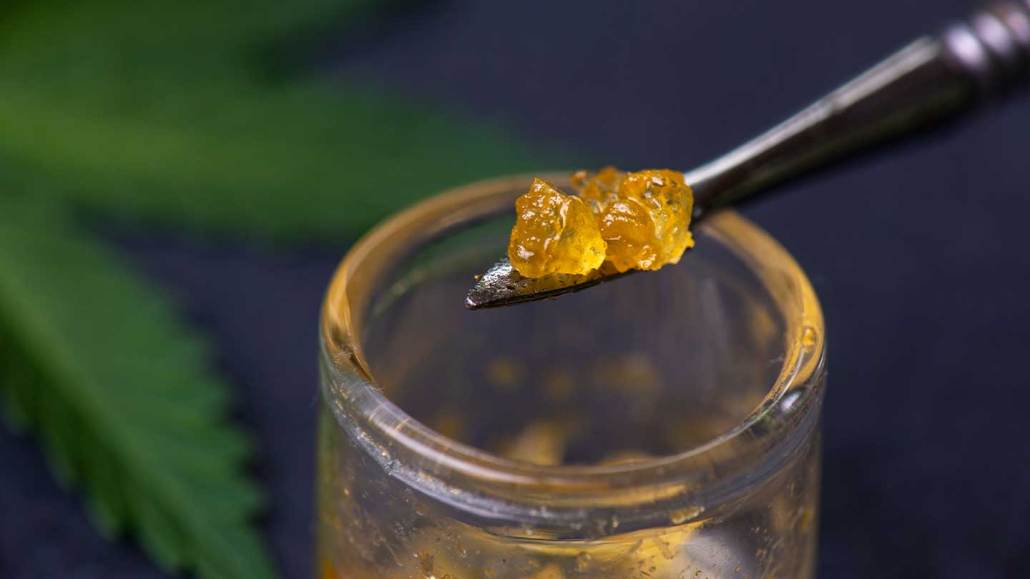Questions for ‘The teen brain is especially vulnerable to the harms of cannabis’

Concentrated cannabis products, such as waxes, budder and shatter, are produced by extracting chemicals from the marijuana plant. Such concentrated products can have a THC potency as high as 95 percent.
rgbspace/iStock/Getty Images Plus
Share this:
- Share via email (Opens in new window) Email
- Click to share on Facebook (Opens in new window) Facebook
- Click to share on X (Opens in new window) X
- Click to share on Pinterest (Opens in new window) Pinterest
- Click to share on Reddit (Opens in new window) Reddit
- Share to Google Classroom (Opens in new window) Google Classroom
- Click to print (Opens in new window) Print
To accompany ‘The teen brain is especially vulnerable to the harms of cannabis‘
SCIENCE
Before Reading:
- Discuss the following question as a class: Frequent use of which of the following could pose a high risk of harm to you? Ask students to rank the following substances from most harmful to least: cigarettes, alcohol, cocaine, heroin and cannabis.
- Human brains carry out a lot of growth and development during adolescence. With this in mind, how important is it to make healthy brain decisions during our teen years versus when we are adults? In other words, is it more, less or equally important for us to make healthy decisions as teens versus adults, based on what we know about brain development? Explain your answer.
During Reading:
- What share of 12- to 17-year-olds perceive “great risk of harm” from smoking marijuana once or twice a week?
- What idea does the widespread availability of cannabis for adults promote in young people, according to Beth Ebel?
- What is the full name and abbreviation of the main psychoactive chemical in marijuana plants? How has the percentage by weight of this chemical in the marijuana plant changed in the past few decades?
- Why is adolescence a risky time to be using cannabis, according to Yasmin Hurd?
- Describe three aspects of human function that are influenced by the endocannabinoid system.
- Describe how THC can interfere with the body’s endocannabinoid system. What are some impacts of this?
- What is cannabis-use disorder?
- Researchers studied rates of depression and suicidal thoughts among adolescents who consumed cannabis. Those who used the drug had a higher prevalence of depression and suicidal thought then did those who didn’t. Now refer to the graph, “Cannabis and mental health.” Provide data from it that supports the researchers’ claim.
- What does the article highlight as possible future consequences for teens who become dependent on marijuana at a young age?
- According to a 2020 study, how did preferred methods of cannabis consumption by teens change from 2015 to 2018?
- What is “high-potency cannabis”?
- What are some risks of using high-potency cannabis? Why do Ebel and Hurd argue that high-potency products are alarming?
After Reading:
- Why might today’s teens be at even greater risk from cannabis use compared to teens in the past? Refer to information from this article to support your answer. To what extent might this greater risk lead some adults to misunderstand risks of cannabis use by kids?
- This article describes various studies supporting the conclusion that THC causes harm to developing brains. Pick one of these studies and explain how the evidence from this study supports the conclusion that THC can harm the teenage brain.